Valuable Features
vROps offers a lot more detail that is really helpful for the enterprise. For example, when you're doing performance troubleshooting, or evaluating the efficiency of mission-critical labs, capacity planning, or just looking at environment consolidations, for example, to cut costs. I have actually used it to a fair degree to bring about a few thousand dollars of savings, partially because of how the environment was configured; which is how it should be configured. Those metrics were available through vROps. For example, consolidating the number of leads in a cluster versus adding new clusters for other business needs. There was a level of cost avoidance and there was a level of cost savings at the same time. This was in a previous company that I used to work with that I left just two months back.
Improvements to My Organization
We use it to help the team understand how they should be leveraging that infrastructure and how it should be performing. For example, you can talk to your team and ask them to ensure performance at certain milliseconds for IOPS, specific gigahertz for performance, and then you have maybe 60% peak usage or 70% peak usage. There should be capacity for more production workload to go off and run when there's a peak demand in a sudden way; for example, unexpected requirements. At least your environment assigns resources appropriately from that standpoint. If you don't know how your environment if functioning, and you're just relying on real-time metrics, then you're not really planning ahead, and it also can cause a business impact because you don't really know what your environment is doing.
Room for Improvement
During initial setup, it actually gives a lot of false alarms, so that's one aspect that can be improved, but that's why you have to tweak it to get the right type of metrics.
If it were more agile and more self-descriptive, and in fact, scripted in a way that it just goes and self-installs, and then you specify certain metrics for configuration, that would be awesome.
Also, it needs to catch up with the times. The user interface is really buggy and slow. I'm not sure if it is now on HTML5 or not, but I'm hoping it would be in the latest release. I do not have any experience with version 6 and later. My last experience was at 5.5.
From that standpoint, other improvements would be some intelligence monitoring, and intuitive reporting. Machine learning, if it's integrated with the capabilities of vROps, would be awesome. For example, why should I set an alert at 65% for one environment and 75% at the other, when it might change or fluctuate from time to time. If there's machine learning and it automatically knows the optimum level, that would be awesome. Half of the configuration pain gets cut down right there.
Stability Issues
It is rock solid once it's configured properly and it's running.
Scalability Issues
I have had no issues with scalability, as far as I was concerned. I have actually used vROps for thousands of VMs and have had no issues.
Customer Service and Technical Support
I’ve never had to call VMware for any type of technical support, except maybe for one time when we had an issue with the SQL database - but over a year, one call is nothing.
Initial Setup
There is a little bit of complexity initially to set the right metrics and put in certain alerts and tweaks.
Other Solutions Considered
There are competitors who are doing something similar, with regards to machine learning. For example, Splunk, not a direct competitor to vROps, but does a lot of stuff that vROps does. CloudPhysics is a great tool. I have also tested out CloudPhysics and worked with one of it in one of the clusters. I can tell you that it’s also a really good product. VMTurbo is another competitor to vROps, but it does a few other things that I might not want to do in an automated fashion in an enterprise. However, there are other things that VMTurbo would be really good at doing where people want that level of automation.
When we spoke to vendors, the detailed metrics was the biggest thing. The level of granularity you get, it's awesome. One bad thing about vROps is the level of granularity from a time perspective; it averages data out at five minutes. If it was possible to go down to 30 seconds, for example, or 10 seconds, that would be really great.
Granularity is good but I want even more, because, to be honest, peaks don't stay around for five minutes. When data gets averaged out at five-minute intervals, you don't catch all of the required information that you need. Still, you get a lot of information out of vROps because you can tweak it for time.
Other Advice
If you have all the core pieces of VMware, vROps is a no-brainer. If you want a little more level of agility, there are other products at play, but it all depends on your requirements. You can't go wrong with vROps. Are there things that are always going to be better? There would be. Would vROps catch up? It would. Would it evolve into something new? It might. Right now, it's there. It does everything you want it to do.
Disclosure: My company does not have a business relationship with this vendor other than being a customer.

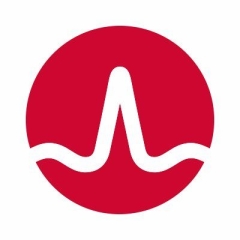


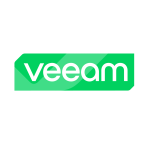

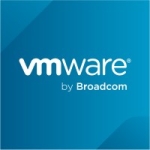
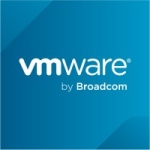


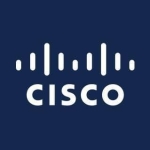


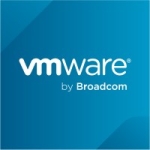
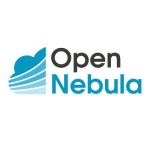




Very nice review. I found this product like you said a little cumbersome to set up and it takes allot of time to configure right. I also found that you need to drill down a little too much to find answers. Hopefully the product has improv d since I evaluated it but in the end Turbonomic was the better choice for us and we don't use all the automation as we have a change process. Only thing automated is vMotions.